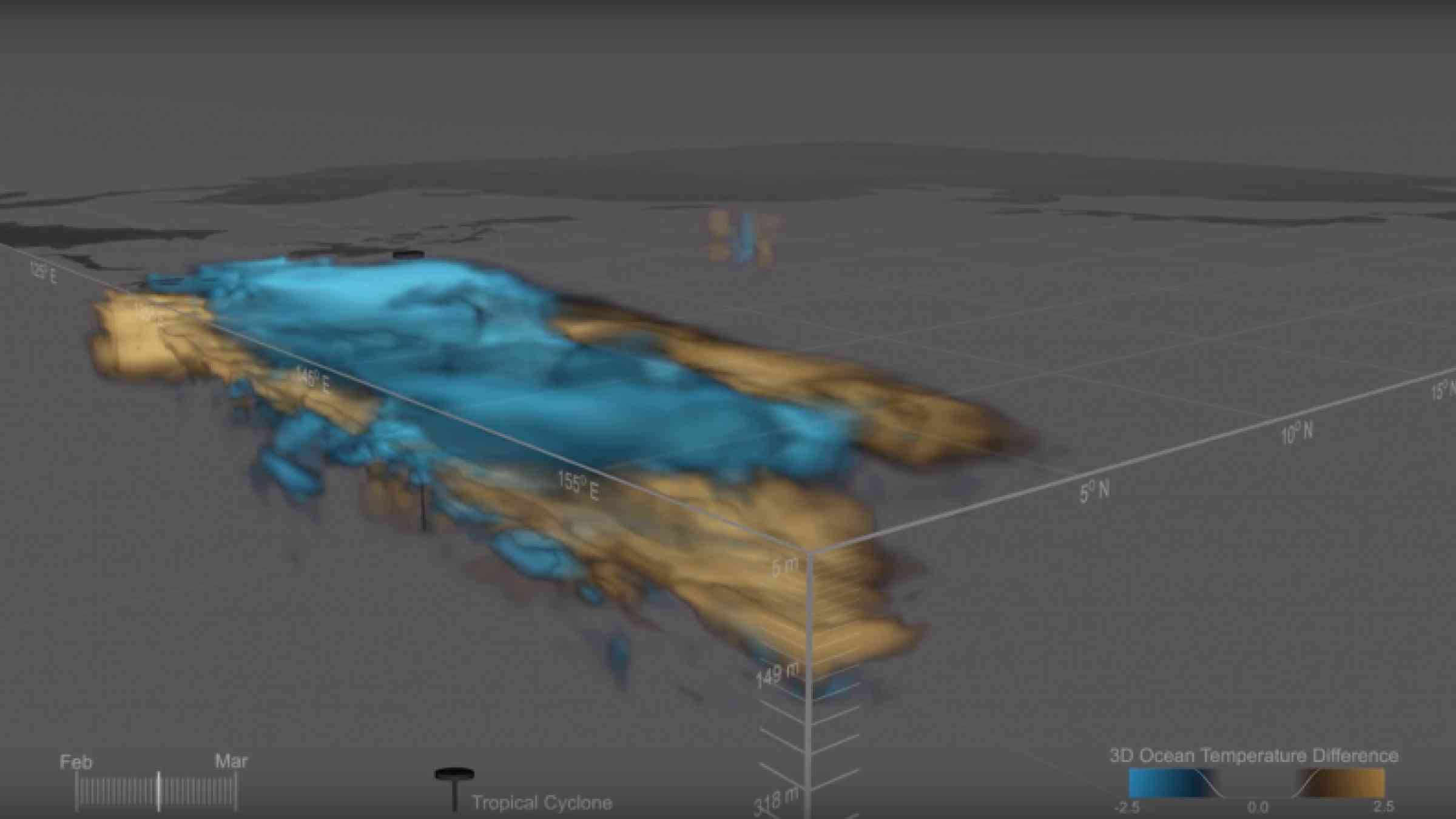
Between January and June of 2019, there have been 53 tropical cyclones across the globe. Combined, these storms have inflicted great destruction, causing over $5 billion in total damage and killing over 1,500 in the first half of 2019, alone.
It is clear that these storms have deeply human ramifications, from the destruction of critical infrastructure to the disruption of the global economy and even to the loss of human life. Hence, they are an important concern to the general public. What remains unclear, however, is how both the frequency and power of these cyclones - better known as hurricanes in the United States - will change in a changing climate, as the factors that contribute to these systems are evolving.
In order to study weather events within a climate timeline, however, vast computational resources are required. A climate model is first required to simulate the effects of increased concentrations of carbon dioxide and other conditions on the climate as a whole, but furthermore, a fine-scale resolution is necessary to examine how climatic changes can affect extreme weather events, like tropical cyclones. Simulating the physical processes and interactions across scales requires vast amounts of computing resources.
That is where climate and weather research and supercomputing converge. Ryan Sriver and his research team at the University of Illinois’ Department of Atmospheric Sciences are uniquely situated to carry out this novel and computationally-intensive research due to the proximity of the Blue Waters supercomputer at the National Center for Supercomputing Applications, located at the University of Illinois.
“We’re looking at tropical cyclones in the sense of how do they interact with their environment? How do they respond to climate change? How do they influence climate change through the distribution of heat and energy through the ocean, and what are the implications of these processes for longer-term climate variability,” said Sriver.
In order to answer these grand questions, Sriver and his team turned to the Blue Waters leadership computing and data analysis system in order to run the ultra-high resolution global simulations for long enough time scales to understand the interactions between tropical cyclones and global climate change.
“Using Blue Waters, we've been able to run a suite of computationally-expensive experiments where the atmosphere model is simulating storms spontaneously, thus creating its own climate with tropical cyclones,” explained Sriver. “Then, we couple the atmosphere model to the ocean because tropical cyclones get their energy from the warm, near-surface waters. We wanted to see what is the effect of climate-induced changes in the ocean on the storms themselves when we go to a fully coupled, high-resolution climate model configuration.”
“The computational power Blue Waters allows really lets us diagnose weather-scale processes within a global climate model,” said Sriver. “These kinds of climate models are typically used to look at long-term global changes, but here, we are focusing on daily to sub-daily scale processes. Blue Waters provides unique capabilities to achieve these goals in a realistic timeframe through large allocations and fantastic support.”
For Sriver and his team, connecting this atmospheric model to an ocean model brought about some unexpected discoveries about these storm systems and how they interact with their environment.
“What we find is that when you allow the ocean to become interactive (i.e. coupling the two models), it changes tropical cyclones considerably, both directly, because of the amount of energy that's available to the storms from the ocean, but also indirectly, because the model climate state changes, which then has indirect effects on how tropical cyclones behave within the system,” continued Sriver.
Initially, through their simulations, Sriver and his team found an interesting relationship between cyclone formation and oceanic coupling actually led to a reduction in the intensity of cyclones due to interactive mixing with the ocean, which tends to cool the storm, and thus, limit its potential energy.
To account for increasing concentrations of carbon dioxide (CO2) in the atmosphere Sriver and his team then repeated the simulations, this time accounting for increased concentrations of CO2.
“But when we ramp up CO2 [in the simulation], we now warm the [ocean] surface considerably, which allows for a lot more potential energy,” explained Sriver. “But at the same time, there's a lot of spatial variability in the warming, which creates a vertical wind shear in the tropics, which inhibits cyclones from forming. Under extreme CO2 scenarios, what we find is that we get a reduction in the total number of storms globally across all regions due to vertical wind shear, but once they do form, the storms tend to become more intense due in part to the additional ocean heat.”
It is no secret that the global climate is incredibly complex, but thanks to the sheer power of the Blue Waters supercomputer, researchers like Ryan Sriver are working to understand the vast interconnected nature of our climate by pushing climate research to new, simulation-based limits. In turn, helping us gain a better understanding of some of Earth’s most deadly storms.
“It's a big jump to go from what happens in the model to what happens in reality,” concluded Sriver. “But the model, and by extension Blue Waters, allows us to really test hypotheses and examine relationships that would be very difficult using observations.”